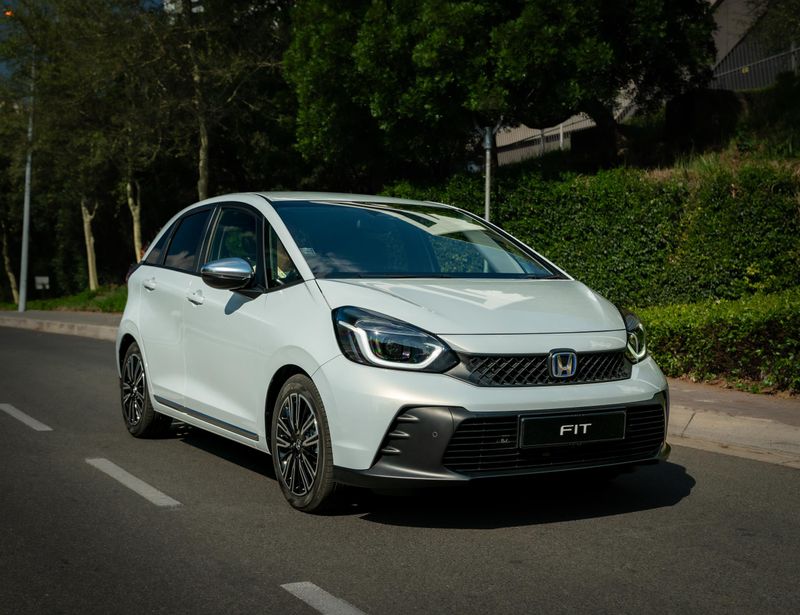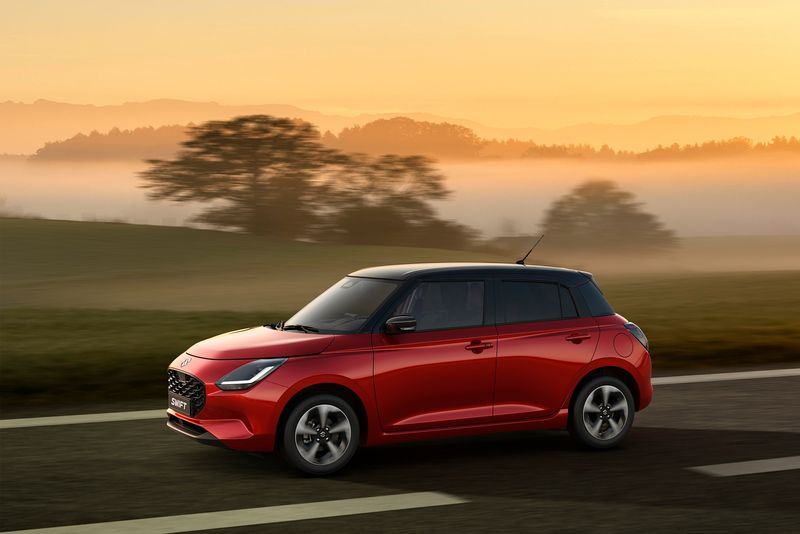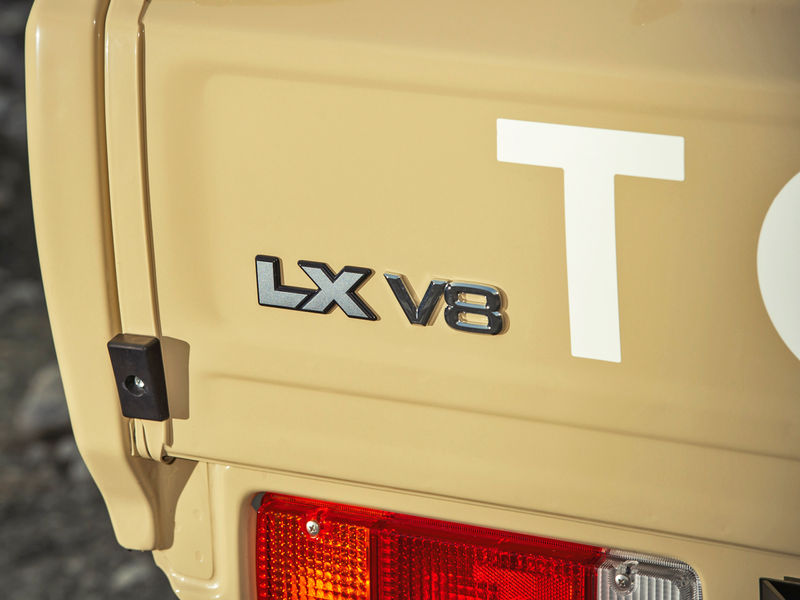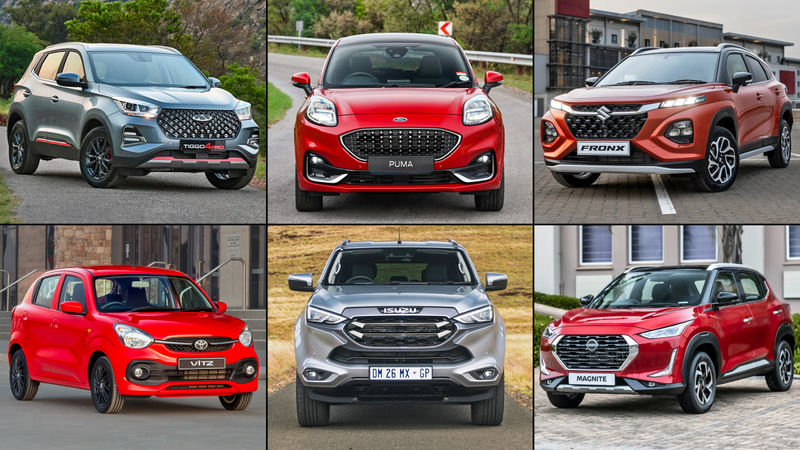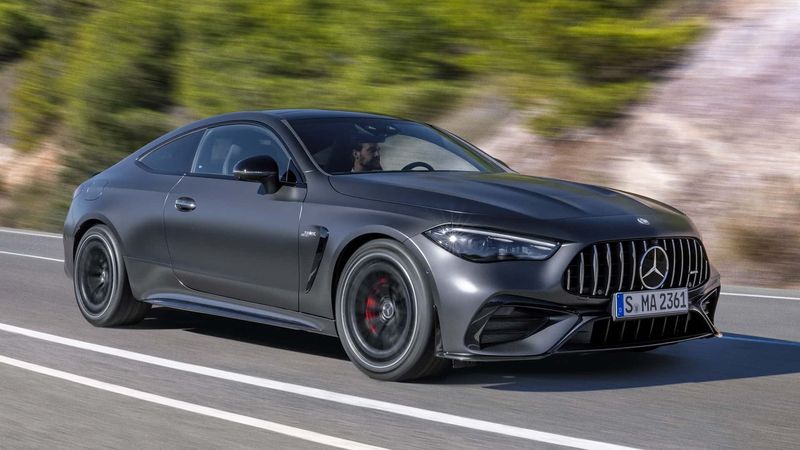BMW has just unveiled a production version of the companys first completely electric car, the BMW i3. Its the first from its sub-brand, called BMW i, and will go on sale in the UK in November, likely reaching South Africa in the first quarter of 2014. It is brand new in every sense of the word heres everything you need to know.
Beemer purists will likely be shaking their heads right now, but lets face it, the oil is going to run out and before it does, its going to get horrendously expensive. Im quite happy to run around in a car that has zero petrol costs, and perhaps have something more exciting for the weekend. The i3 could be that run around.
Following in the footsteps of the Nissan Leaf, but undoubtedly with a more premium feel in keeping with the brands ethos, the BMW i3 has been designed from the ground up as a completely electric car. However, BMW have developed a range-extender version, which has a small petrol motor, which cranks a generator which charges the batteries.
Starting with the full electric i3, the car has 250kg of lithium-ion batteries wedged into the floor of the car. This has the effect of keeping weight low, and improving the cars agility. The charge is sent to a 125kW, 250Nm electric motor, which only sends power to the rear wheels. Again, this is in line with current and past BMWs, and means the front wheels are unencumbered by drive shafts, giving the car a better turning circle.
Electric motors deliver all their torque instantly, and power is delivered to the rear via a single speed transmission. Acceleration is therefore actually quite impressive in the BMW i3, with a 0 100km/h sprint time of 7.2 seconds.
But the key to the success of the concept is its light weight. Batteries are a significant issue when developing electric cars; theyre heavy and cumbersome but with too few the cars range becomes too limited to make it a viable proposition. So a fair whack of battery capacity is needed, but that in turn makes the car too heavy, which negatively affects performance and range as well. It seems a conundrum, but the solution is to make the rest of the car much lighter. This can easily be done with carbon fibre, but that material is expensive and difficult to mass produce.
BMW tackled this by creating a new generation of carbon-reinforced plastics. The body of the i3 is extremely light, made from this material, aluminium and even wood. The whole car weighs in at 1195kg. The suspension is aluminium, the wheels are 36 percent lighter than their equivalent steel rims, the drive shafts are hollow and so are the screws throughout the car. Its a massive effort in weight saving, but it seems to have paid off.
Electric cars do take a long while to charge. The BMW i3 will recharge fully from a standard wall socket in between 8 and 10 hours, or the car can be 80% charged in three hours using a special fast-charging unit called the BMW i Wallbox. BMW claims a max range of up to 200km in the most efficient driving mode, or between 130 and 160 in Comfort mode. That should be more than enough for the average daily commute.
Prices for the BMW i3 in the UK start at over GBP25,000, but thats with a government grant of GBP5000 per vehicle. Its not worth speculating on the South African price just yet, but as with any new technology, its not going to be a cheap exercise compared to the technology its trying to replace.
The i3 is an important car. Big car companies are well placed to find solutions to the worlds changing transport needs an expensive endeavour. And with a little luck, well be able to retain that joy of driving through the transition.

